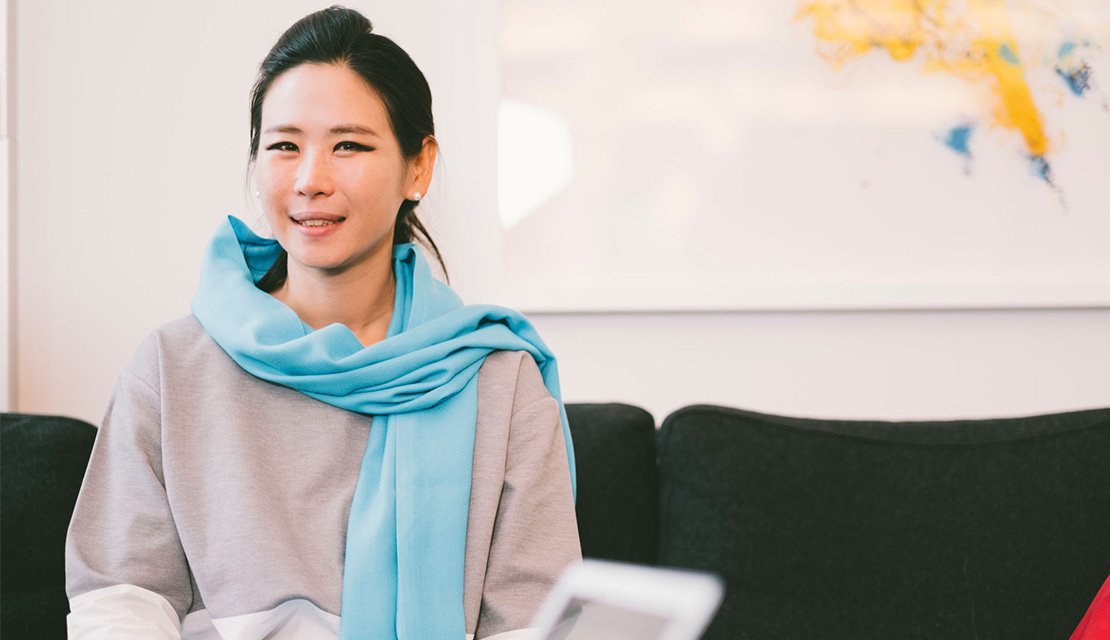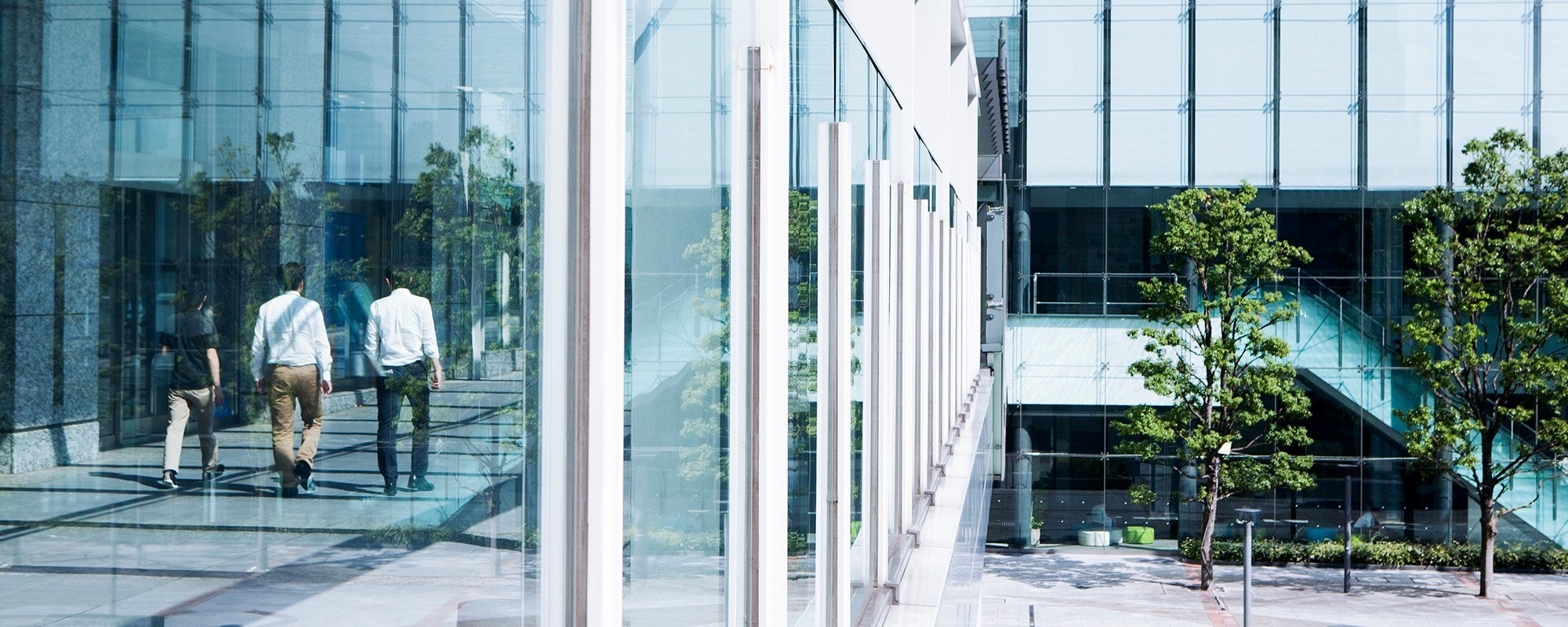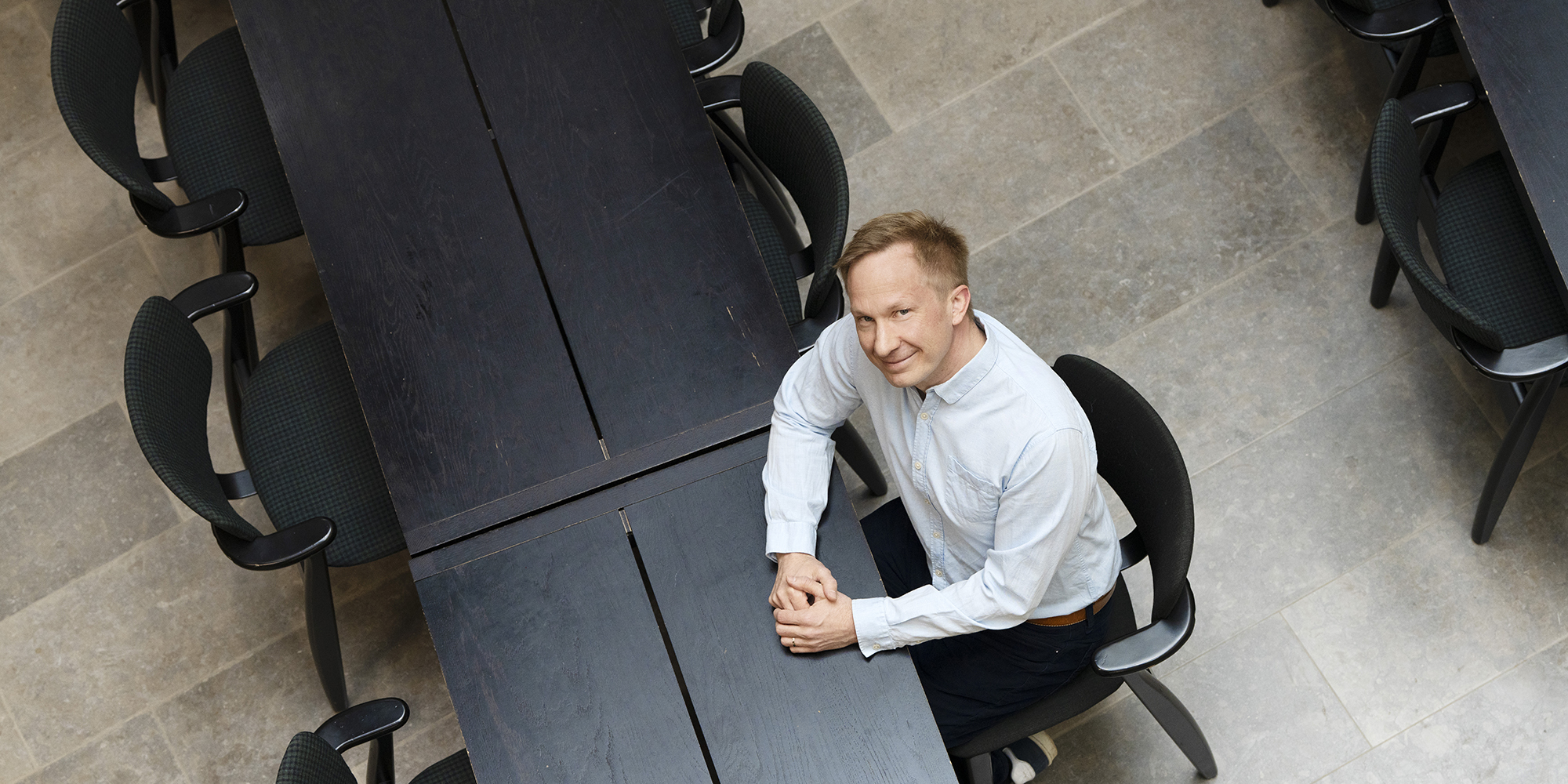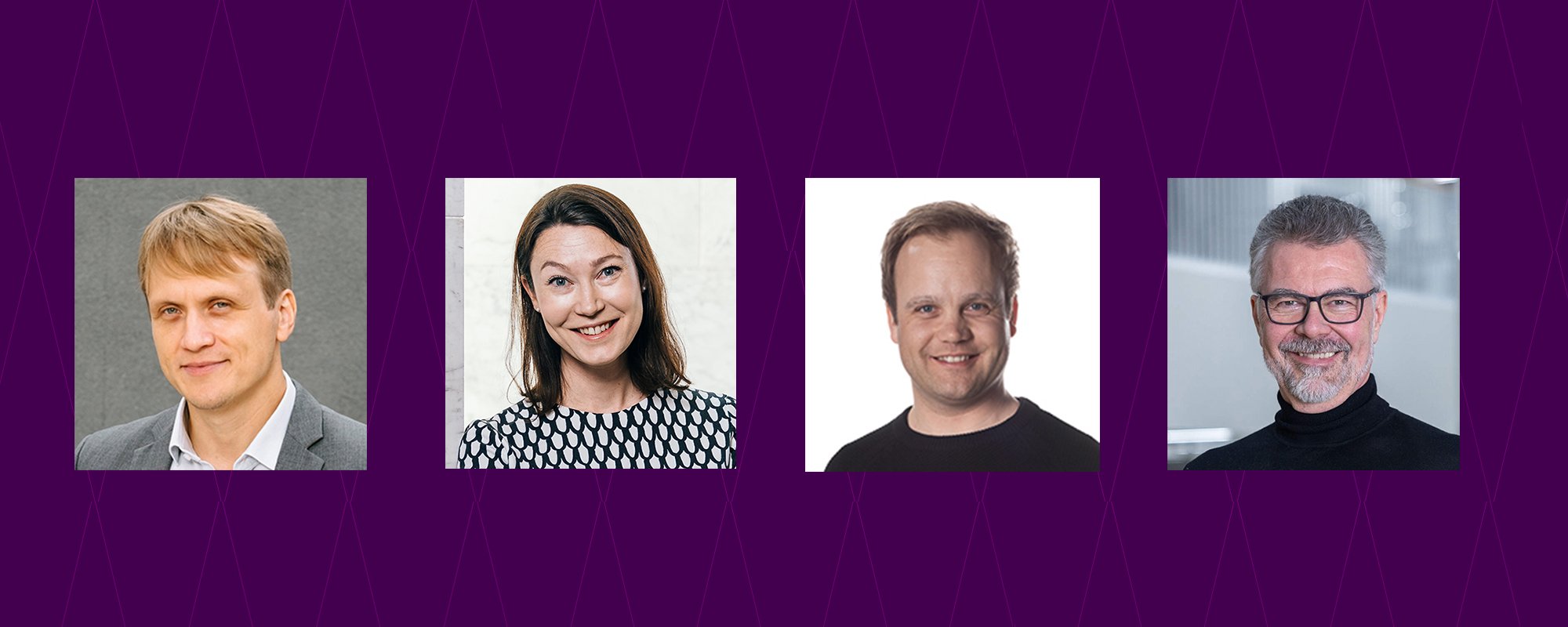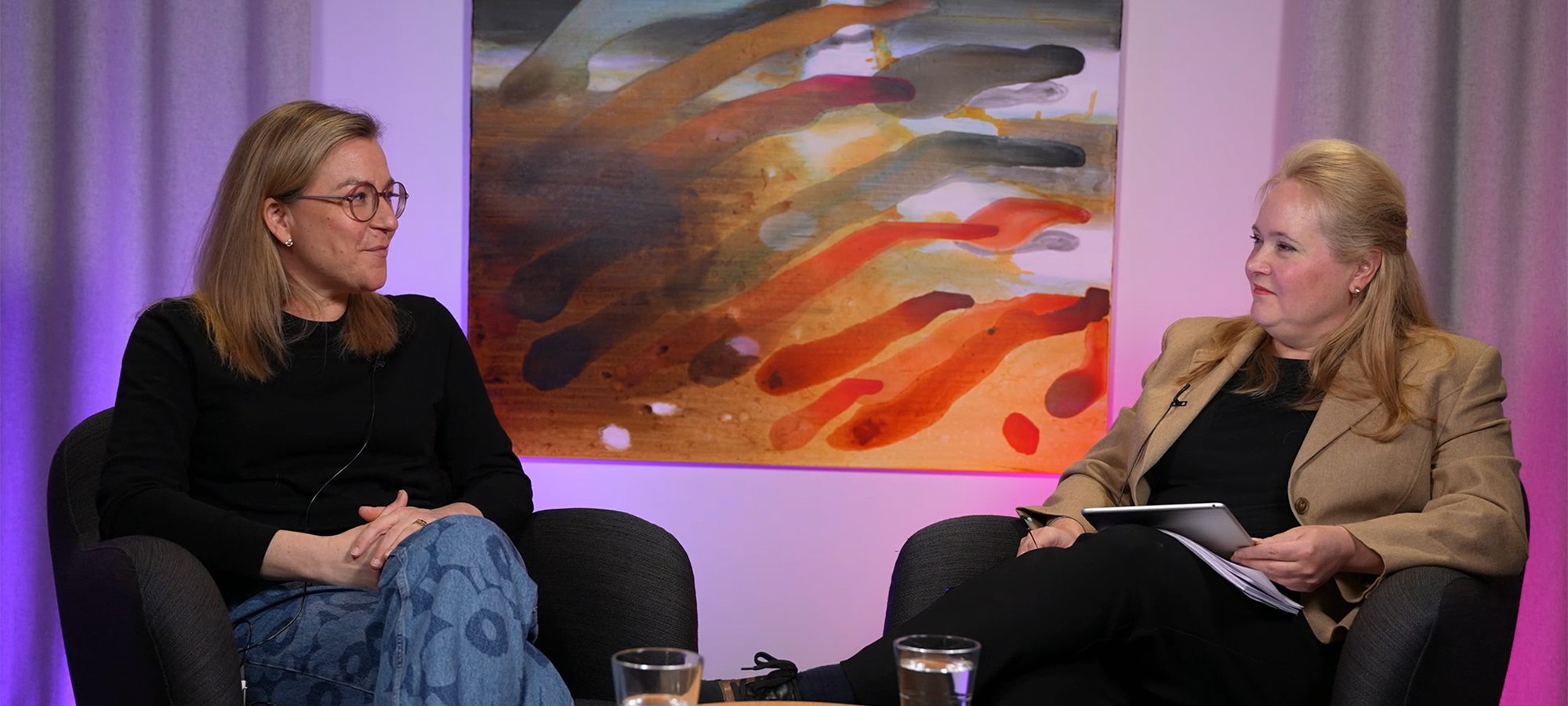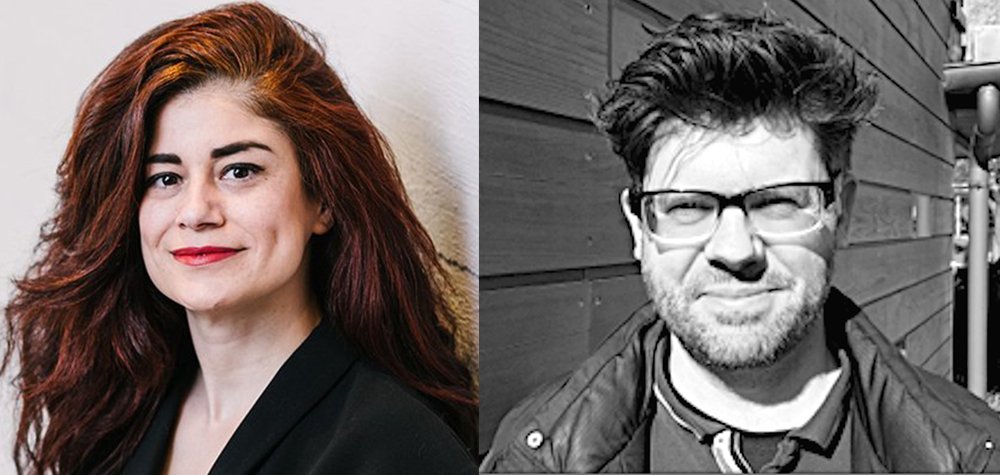Hands-on Innovation in the Design Thinking Capital of the World
Aalto EE's Innovation Challenge Program gave a team of LG Electronics' designers, engineers, and content planners a crash course in product and service development and design thinking methodologies.
Annamari Typpö, 20.12.2019
|Articles
Sometimes a change of scenery is just what you need to step up your innovation game. This is exactly what a team of designers, engineers, and content planners from LG Electronics in Korea did when they participated in Aalto EE's Innovation Challenge Program in Finland. The program was customized to LG Electronics, a global technology and manufacturing giant operating in over a hundred locations around the world. In 2018, the company's global sales amounted to USD 54.4 billion.
Design Project Manager Bo Yeun Park from LG Electronics' Design Lab, together with four of her LG colleagues, arrived in Finland in May 2019 to start their four-month journey into the heart of design thinking.
"Our job is to come up with innovative concepts for the company. We were motivated to learn design thinking processes and methodologies and adopt a new mindset," Park says.
We were motivated to learn design thinking processes and methodologies and adopt a new mindset."
The Innovation Challenge is a product and service development program that utilizes design thinking. First, the LG team took an intensive seven-day deep dive into the practical and actionable methodology of design thinking by participating in Aalto EE's and Esade Business School's Design Thinking for Business Innovation program. This was followed by hands-on learning at the Aalto University Design Factory, a platform for co-creation across disciplinary, organizational, and geographical boundaries.
For the LG team, the Design Factory became almost like a second home – a place where they spent long hours delving into customer needs through various discovery methods. It was also an opportunity to collaborate closely with innovators and professionals to absorb the mindset and tools of combining technology, business, and design.
A typical working week during the program included contact sessions with instructors from the Aalto University, individual and group work, and visits to companies, university departments, and other places of interest.
It takes more than one idea
Design thinking is a proven methodology for solving tricky challenges and finding advantage in highly competitive global markets. As a human-centric process, it combines creative and analytical thinking and is most effective when practiced in interdisciplinary teams.
Design thinking process is by nature iterative."
One of the program's key takeaways for Park was the discovery that the design thinking process is by nature iterative.
"We had already utilized elements of design thinking in our work, but the iterative approach was new to us. The program taught us to use it for validating our ideas from the ideation to the finalizing stage," Park says.
Design thinking challenges the design brief and preconditions, trusts intuition based on experience, moves between the problem and the solution, and tolerates and exploits uncertainty. Visualization and prototyping are important steps along the way.
Before, everyone in Park's team was always searching for just that one perfect idea.
"Now I know that you first have to come up with a lot of different ideas and then separate the good from the bad. The point is that ideation is teamwork and you need freedom to produce a large quantity of creative ideas before making any decisions."
Customer insight is the key to success
Design thinking has become a big thing in Finland. This may be due to the Finnish culture and business environment, which is non-hierarchical and experimental and encourages voluntary collaboration. Park and her team discovered this while visiting carefully picked companies for inspiration – also part of the official program. One of the ten companies visited was the mobile game developer Supercell, the maker of Clash of Clans, Clash Royale, and Hay Day.
Design thinking has become a big thing in Finland."
"Supercell was very impressive. They have a HR function but they don't call it that because they say that humans are not a resource, they are people. That was very touching," Park admits.
Another company the LG team had a chance to visit was the design and innovation agency Aivan. For Park, this visit drove home the point of customer insight.
"At Aivan, they have a very deep understanding of both their customers and the reason for the company's existence, that is, why they do what they do. We sometimes tend to forget that as all five of us have worked at LG for more than ten years and get easily caught up in the daily grind."
Involving customers and other stakeholders in the co-design and rapid prototyping process was one of the program's objectives as well as Park's key learning points. Rather than relying on guesswork, it pays to spend time with your customers to find out what they think and feel.
Involving customers and other stakeholders in the co-design and rapid prototyping process was one of the program's objectives."
"You have to meet them in person, talk with them about how they feel about your products, observe how they act, and so forth. It's the only way to recognize their core needs and to understand what they really want. And that's something you need to do at the very beginning of the design process. Otherwise you're just assuming and end up going with the wrong solution," Park says.
Inspired by the Finnish sauna
The main goal of the Innovation Challenge Program is to work on a real-world innovation project to develop new product models and verify them through prototyping. The projects are always directly linked to the participants' actual work. Park's team worked on a new home entertainment concept related to bathing.
"Our project was inspired by the Finnish culture and, in particular, the sauna. We wanted to create a holistic experience, and for that, I wanted to experience sauna firsthand to understand what it's really about."
Park truly immersed herself in the Finnish sauna culture.
In addition to design thinking, we also learned about leadership and team building."
"First I thought that I didn't want to go into a hot, steamy room, but now I love it. I visited more than ten saunas in Helsinki and around the country. I feel like a Finnish person now."
The whole experience was very inspiring, Park says.
"Our core objective was to focus on our product development project, and the learning process was adjusted to that. The schedule was very flexible and the instructors from Aalto University were supportive. In addition to design thinking, we also learned about leadership and team building. That really helped us in our project," Park concludes.
With almost 50 years’ experience, Aalto EE develops world-class solutions for its customers. Read more about Aalto EE's customized solutions. We will help you to find the best solution for your organization.
















